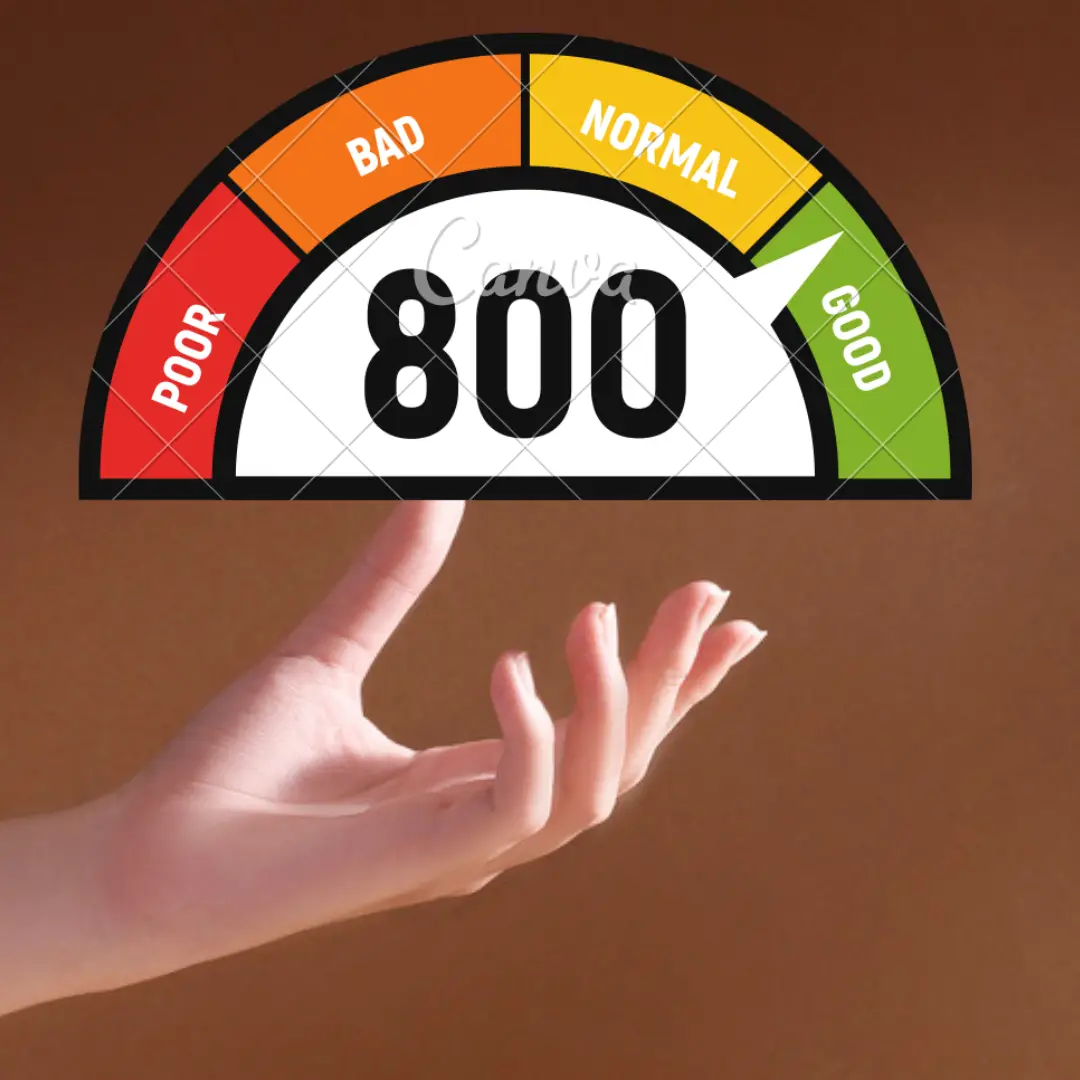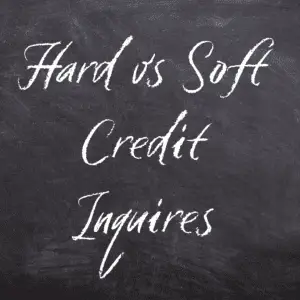Your credit report is a crucial financial tool that reflects your overall financial standing. It acts as a report card that showcases how you manage your credit products and debts, and how you pay your bills. It also contains information about the amount of debt you have and the creditors to whom you owe money. Credit reports play a significant role in your life, as they impact your ability to secure credit products, such as mortgages, credit cards, and car loans. Consequently, it is essential to gain a concrete understanding of your credit report, your credit score, and your debt management to ensure that you maintain a healthy financial status.
We have covered credit report in a previous article. You can read that first and then carry on from here. This article will get into all the details on how to read the credit report. Below is the link to access the previous article
How to read your credit report
Credit reports may differ in format and organization between credit bureaus, but they all contain the same fundamental information. The following are the main components of a credit report.
Personal Information
The first section of your credit report is personal information. This section includes your name, current and previous addresses and phone numbers, Social Security number, birthdate, and current and previous employers. If there are any inconsistencies in your personal information, such as an unfamiliar address or employer, you should investigate these immediately. These inconsistencies may indicate that someone has used your personal information to open fraudulent accounts in your name.
Credit History
The second section of your credit report is your credit history. This section is the most significant and contains the most crucial information about your credit products. Your credit score is calculated based on several factors, including amounts owed, the length of credit history, new credit, and credit mix. However, your payment history is the most critical factor in determining your credit score.
Accounts
The accounts section of your credit report lists all of your accounts that have not gone to collections or been defaulted on. This section is the meat of your credit report, as it contains a summary of each account. Make sure that you recognize the following items:
- Current and closed accounts from the past seven to ten years, including individual accounts, joint accounts, and authorized user accounts.
- Revolving credit, such as credit cards and home equity lines of credit, as well as installment loans, such as student loans, auto loans, and mortgages.
- Payment history, which shows a record of all your payments, particularly whether or not minimum payments were made on time. Negative accounts will show any missed payments. Make sure that your payment history does not show any errors, such as a late payment when you paid on time.
- Current balances, including the current balance when the issuer reported to the bureau and the highest ever balance on the account.
- Names of creditors and lenders, including the name of the lender or creditor and the date when the account was opened.
- Credit limits or loan amounts, such as the current credit limit for revolving accounts and the original loan amount for any fixed installment accounts.
- Account opening and/or closing dates, which notes who closed the account and when it was closed. Closed accounts in good standing can stay on your credit reports indefinitely. However, accounts closed by the creditor because you did not pay as agreed should fall off seven years after the account first went delinquent.
- Account status, which may be listed as open, closed, paid, refinanced, transferred, or foreclosed. Some accounts may be marked as charged off, which is when a debt is between 90 and 180 days past due and considered delinquent.
Public Records
This section will list accounts that haven’t been paid as agreed, collections, and public records such as bankruptcies. This information generally stays on your credit report for seven years, with the exception of Chapter 7 bankruptcies, which stay on your report for 10 years.
If you see incorrect accounts or collections or if something is being listed after it was supposed to have dropped off, you should dispute the entries immediately to have them removed from your report.
One important thing to keep in mind is that your credit report is not a measure of your credit score. Instead, it is a detailed history of your credit accounts and payment history. Your credit score, which is a three-digit number, is derived from the information in your credit report.
In summary, your credit report contains a wealth of information on your credit history, including personal identifying information, credit accounts, payment history, and public records. Understanding the contents of your credit report can help you manage your credit and improve your credit score.


